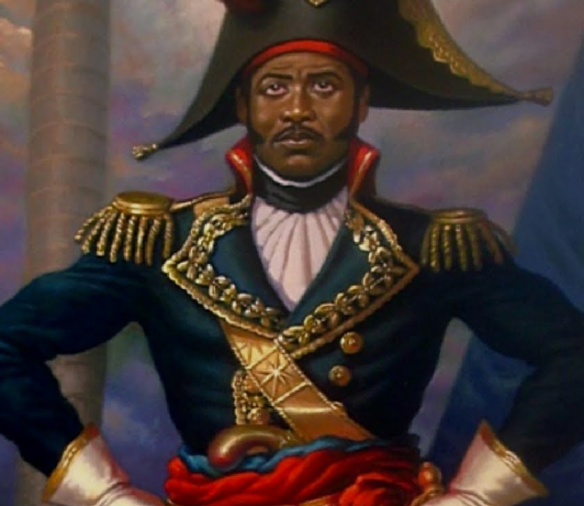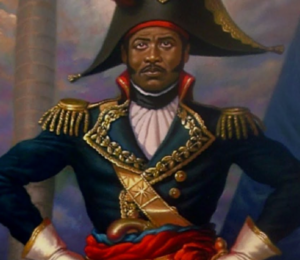
Early Independent Haiti (1804-1843):
The period of early independent Haiti, from 1804 to 1843, was marked by significant challenges and attempts to establish stability and prosperity following the successful revolution and declaration of independence. Haiti faced internal struggles, external pressures, and leadership changes during this formative period.

Jean-Jacques Dessalines and the First Empire (1804-1806): After declaring Haiti’s independence in 1804, Jean-Jacques Dessalines became the country’s first ruler and proclaimed himself Emperor Jacques I. His rule, however, was characterized by authoritarian measures, which alienated various factions within the society. Dessalines’ attempts to consolidate power and maintain strict control led to discontent and resistance.
In 1806, Dessalines was assassinated, leaving Haiti without a clear leader and plunging the nation into a period of political instability.

Division and the Rise of Christophe and Pétion (1806-1820): Following Dessalines’ assassination, Haiti was divided into two rival states. The northern part of the country was under the leadership of Henri Christophe, who declared himself king and established the Kingdom of Haiti. Christophe focused on rebuilding the northern region and implementing ambitious infrastructure projects, including the famous Citadelle Laferrière.
In the southern part of Haiti, Alexandre Pétion emerged as a leader and established the Republic of Haiti. Pétion’s leadership was characterized by a more liberal approach, and he emphasized education and support for the formerly enslaved population.
Boyer’s Unification and the Republic (1820-1843): In 1820, Jean-Pierre Boyer, a former lieutenant of Pétion, reunified Haiti and became the nation’s president. Boyer aimed to consolidate power and promote national unity. His administration focused on efforts to modernize the country and rebuild the economy.
Boyer also sought to extend Haiti’s influence beyond the island and attempted to annex the eastern part of Hispaniola, which was then under Spanish rule. In 1822, Boyer’s forces occupied the eastern region, uniting the entire island under Haitian control. This expansion, however, led to increased tensions with neighboring countries and further diplomatic isolation from European powers.
Economic Challenges and the Indemnity Debt: During this period, Haiti continued to face significant economic challenges. The loss of the lucrative plantation system and the indemnity debt imposed by France after independence placed a heavy burden on the country’s finances. The debt payments strained the economy and limited investment in infrastructure and development projects.
Dissatisfaction and Boyer’s Ouster: Boyer’s rule faced growing dissent and opposition from various factions within the country. Economic hardship and dissatisfaction with his leadership culminated in a rebellion in 1843. Boyer was forced to flee Haiti, marking the end of his presidency and the beginning of a new phase in Haitian history.
The early years of independent Haiti were marked by attempts to establish a stable and prosperous nation after the triumph of the Haitian Revolution. While the country experienced internal divisions and faced external pressures, it also saw efforts to rebuild and modernize. The legacy of this era laid the foundation for subsequent chapters in Haiti’s history, shaping the nation’s identity and resilience in the face of adversity.






